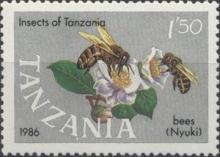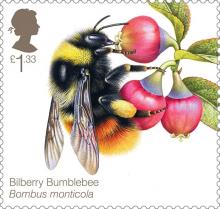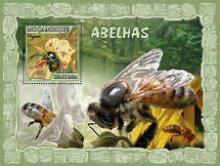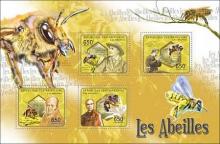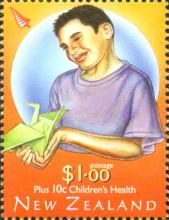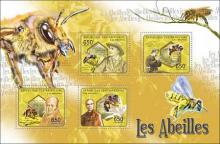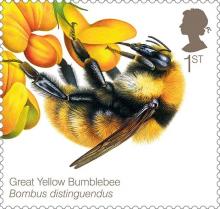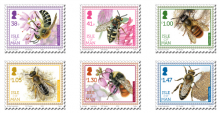Internationaal netwerk meldt hoge bijensterfte in 2014-2015, bijna 70.000 bijenvolken dood na de winter
De internationale onderzoekssamenwerking COLOSS die zich richt op honingbijen heeft voorlopige cijfers bekend gemaakt over het verlies van bijenvolken in de winter van 2014 op 2015. Er werden daarbij gegevens verzameld in 31 landen. Er werden daarbij door 23.234 bijenhouders cijfers over bijensterfte aangeleverd. Deze imkers hielden samen 469.249 bijenvolken. Daarvan bleken er 67.914 dood na de winter. Daarnaast ging 3% van de kolonies verloren vanwege onoplosbare problemen met de koningin na de winter. Er waren grote verschillen tussen de landen. De bijensterfte in Noorwegen bedroeg slechts 5%, maar was gemiddeld 25% in Oostenrijk. Het gemiddelde verlies aan bijenvolken over alle deelnemende landen in de winter van 2014-2015 bedroeg 17,4% . Dat is twee keer zo hoog dan in de winter van 2013 op 2014. COLOSS komt later in het jaar met een analyse van de risicofactoren die de bijensterfte in de winter van 2014 op 2015 nader verklaren. De Nederlandse Romée van der Zee van het Nederlands Centrum Bijenonderzoek is coördinator van de COLOSS Monitoring.

